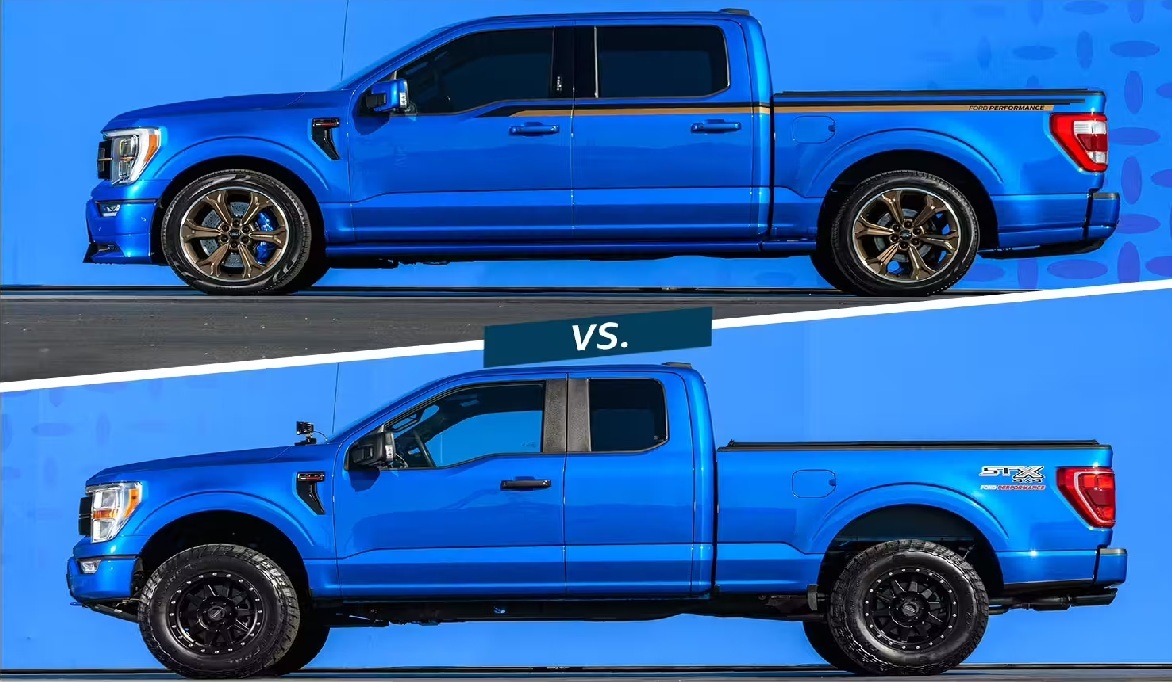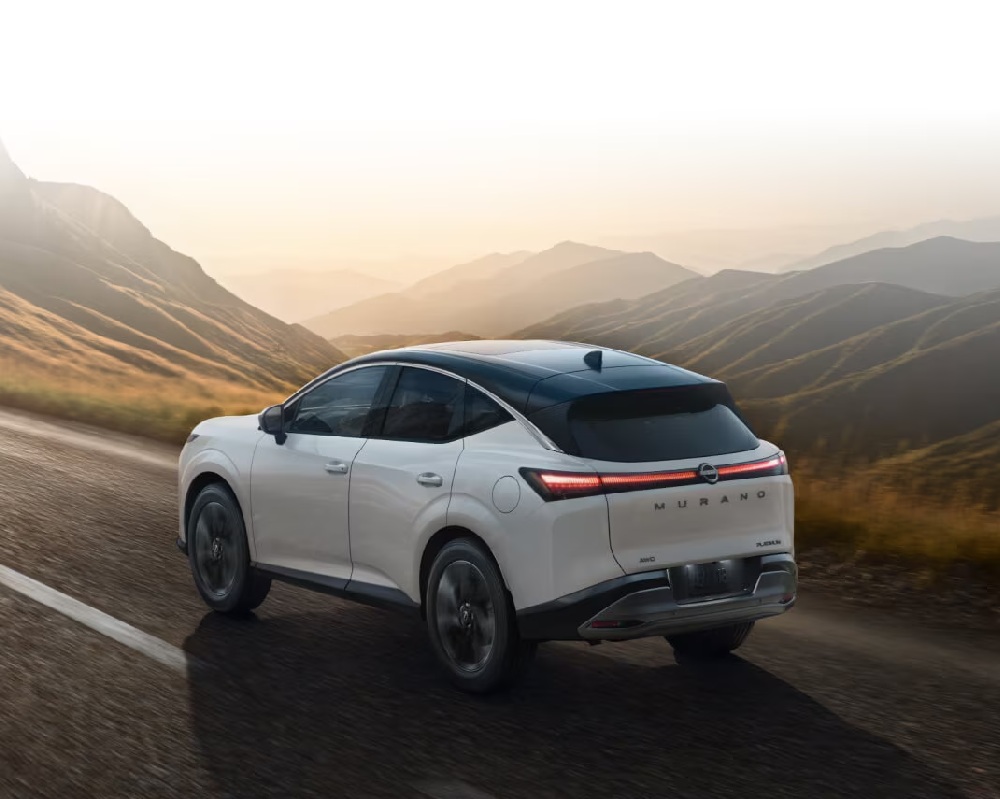Nissan King Cab vs Crew Cab: Find The Right Truck For You
When it comes to choosing a Nissan pickup truck, one of the most important decisions you’ll face is selecting between a King Cab and a Crew Cab configuration. Both options offer unique advantages, and understanding the differences can help you make the best choice for your needs. What Are The Cab Configurations? Before diving into … Continued
When it comes to choosing a Nissan pickup truck, one of the most important decisions you’ll face is selecting between a King Cab and a Crew Cab configuration. Both options offer unique advantages, and understanding the differences can help you make the best choice for your needs.

What Are The Cab Configurations?
Before diving into the specifics, let’s clarify what King Cab and Crew Cab mean in the context of Nissan vehicles:
King Cab
- Also known as an extended cab
- Features smaller rear doors that open in the opposite direction to the front doors
- Typically has a smaller rear seating area
- Often paired with a longer bed length
Crew Cab
- Features four full-size doors
- Offers more spacious rear seating
- Usually comes with a shorter bed length, though long bed options may be available
Exterior Dimensions and Design
The choice between King Cab and Crew Cab significantly impacts the overall dimensions and design of the vehicle.
Nissan Frontier King Cab
- Overall length: Approximately 210.2 cm (with standard bed)
- Wheelbase: About 3,200 mm
- Height: Around 1,793 mm
- Width: Roughly 1,850 mm
The King Cab Frontier features a sleek profile with its extended cab design. The smaller rear doors are less noticeable, giving the truck a more compact appearance despite its capable size.
Nissan Frontier Crew Cab
- Overall length: Approximately 224.1 cm (with long bed option)
- Wheelbase: About 3,550 mm (long bed configuration)
- Height: Around 1,793 mm
- Width: Roughly 1,850 mm
The Crew Cab Frontier has a more substantial presence due to its four full-size doors. This configuration gives the truck a more balanced and family-friendly appearance.
Interior Space and Comfort
One of the most significant differences between King Cab and Crew Cab models lies in their interior space and seating arrangements.
King Cab Interior
- Front headroom: Approximately 1,013 mm
- Front legroom: About 1,077 mm
- Rear headroom: Around 958 mm
- Rear legroom: Roughly 681 mm
- Seating capacity: 4 passengers (2 front, 2 rear)
The King Cab provides comfortable seating for both the driver and the front passenger. The rear seating area, while functional, is better suited for occasional use or as additional storage space. The rear seats in King Cab models often feature a jump-seat design that can fold up when not in use, providing versatility for cargo storage.
Crew Cab Interior
- Front headroom: Approximately 1,013 mm
- Front legroom: About 1,077 mm
- Rear headroom: Around 978 mm
- Rear legroom: Roughly 843 mm
- Seating capacity: 5 passengers (2 front, 3 rear)
The Crew Cab configuration shines when it comes to passenger comfort. With significantly more rear legroom and a full bench seat in the back, it’s well-suited for families or those who frequently transport passengers. The rear seats in Crew Cab models are more comfortable for long journeys and can easily accommodate adult passengers.
Cargo Capacity and Bed Length
The trade-off between passenger space and cargo capacity is a key consideration when choosing between King Cab and Crew Cab models.
King Cab Cargo Options
- Standard bed length: Approximately 1,861 mm
- Bed width: About 1,560 mm
- Bed depth: Roughly 474 mm
- Cargo volume: Up to 1,175 liters
King Cab models typically offer a longer bed length, making them ideal for those who prioritize cargo capacity. The extended bed provides more space for tools, equipment, or recreational gear.
Crew Cab Cargo Options
- Standard bed length: Approximately 1,524 mm
- Long bed option: About 1,861 mm (available on select models)
- Bed width: Roughly 1,560 mm
- Bed depth: Around 474 mm
- Cargo volume: Up to 1,015 liters (standard bed)
While Crew Cab models generally have shorter bed lengths to accommodate the larger cabin, Nissan offers a long bed option on some Crew Cab configurations. This allows buyers to enjoy both increased passenger space and cargo capacity, though at the expense of a longer overall vehicle length.
Performance and Capability
In terms of performance, both King Cab and Crew Cab models of the Nissan Frontier share many similarities:
- Engine: 3.8-liter Direct Injection Gasoline (DIG) DOHC 24-valve V6
- Horsepower: 310 hp @ 6,400 rpm
- Torque: 381 Nm @ 4,400 rpm
- Transmission: 9-speed automatic
However, there are some differences in capability due to the weight and size variations:
King Cab Capability
- Slightly better fuel efficiency due to lighter weight
- Marginally higher payload capacity
- Easier maneuverability in tight spaces
Crew Cab Capability
- Higher towing capacity on some configurations
- Better weight distribution with passengers
- More stable ride when fully loaded with passengers
Off-Road Performance
Nissan offers off-road-oriented trims for both King Cab and Crew Cab models, such as the PRO-4X. The choice between cab configurations for off-road use depends on your specific needs:
King Cab Off-Road Advantages
- Shorter wheelbase for better breakover angle
- Lighter weight for improved agility
- Smaller overall size for navigating tight trails
Crew Cab Off-Road Advantages
- More interior space for gear and passengers
- Better comfort for long off-road trips
- Option to carry more people to remote locations
Versatility and Use Cases
The choice between King Cab and Crew Cab often comes down to how you plan to use your Nissan truck:
King Cab Ideal Use Cases
- Work truck for contractors or skilled trades
- Adventure vehicle for solo or duo travellers
- Daily driver with occasional need for rear seats
- Situations where bed length is prioritized over passenger space
Crew Cab Ideal Use Cases
- Family vehicle for daily use and weekend adventures
- Comfortable transportation for work crews
- Dual-purpose truck for both work and family duties
- Scenarios where passenger comfort is as important as cargo capacity
Technology and Features
Nissan equips both King Cab and Crew Cab models with a range of technology and comfort features. While the availability of specific features may vary by trim level, both configurations can be outfitted with:
- NissanConnect® infotainment system
- Apple CarPlay® and Android Auto™ integration
- Advanced Driver-Assist Display
- Nissan Safety Shield® 360 technologies
- Zero Gravity seats for improved comfort
The main difference lies in the application of these features, particularly in the rear seating area:
King Cab Technology Considerations
- Rear seat entertainment options may be limited
- Fewer charging ports or climate control options for rear passengers
Crew Cab Technology Advantages
- More options for rear-seat entertainment systems
- Additional charging ports and climate control vents for rear passengers
- Better sound system performance due to larger cabin space
Conclusion
Choosing between a Nissan King Cab and Crew Cab ultimately depends on your specific needs, lifestyle, and preferences. The King Cab offers a balance of cargo capacity and occasional passenger use, making it ideal for work-oriented tasks or solo adventurers. On the other hand, the Crew Cab offers superior passenger comfort and versatility, making it ideal for families or individuals who frequently transport multiple passengers.
Both configurations deliver the reliability, performance, and capability that Nissan trucks are known for. By carefully considering your priorities – whether you need cargo capacity, passenger comfort, or a balance of both – you can select the cab configuration that best suits your lifestyle and requirements.
Frequently Asked Questions
Which Nissan truck models offer both King Cab and Crew Cab configurations?
- The Nissan Frontier is the primary model offering both configurations. The larger Titan is primarily available in Crew Cab, with King Cab options limited to certain model years or trims.
Does choosing a King Cab over a Crew Cab significantly impact fuel efficiency?
- While there can be a slight difference in fuel efficiency due to the weight difference, it’s generally minimal. Other factors like driving habits, load, and terrain have a more significant impact on fuel consumption.
Can I get a long bed with a Crew Cab Nissan truck?
- Yes, Nissan offers a long bed option on select models, particularly in the Frontier lineup. This configuration provides both increased passenger space and cargo capacity.
Are there any safety differences between King Cab and Crew Cab models?
- Both configurations meet high safety standards. However, Crew Cab models may offer additional safety features for rear passengers, such as side-curtain airbags that extend to the rear seats.
Which configuration is better for off-road use?
- Both can be capable off-road, especially in trims like the PRO-4X. King Cabs may have a slight advantage in tight trails due to their shorter wheelbase, while Crew Cabs offer more comfort for long off-road adventures.
Can child seats be installed in the rear of a King Cab?
- While it’s possible to install child seats, it can be more challenging due to the limited space and smaller doors. Crew Cabs generally offer easier access and more room for child seats.
Does the choice between King Cab and Crew Cab affect the truck’s towing capacity?
- Towing capacity can vary between models, but it’s not solely determined by the cab configuration. Factors like engine, drivetrain, and specific model features also play significant roles in determining towing capacity.


